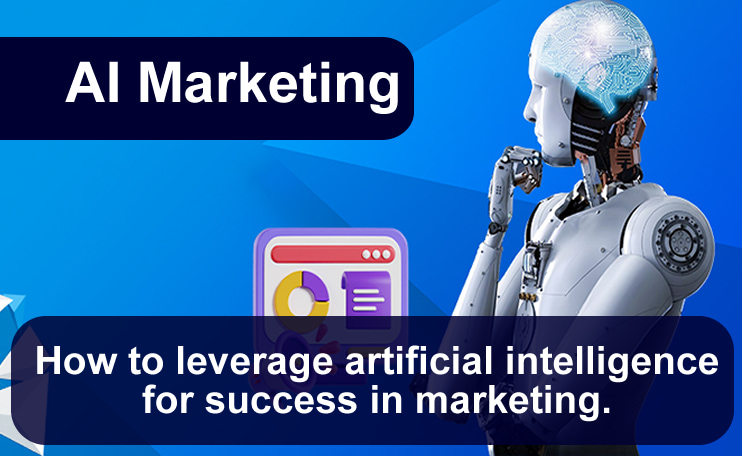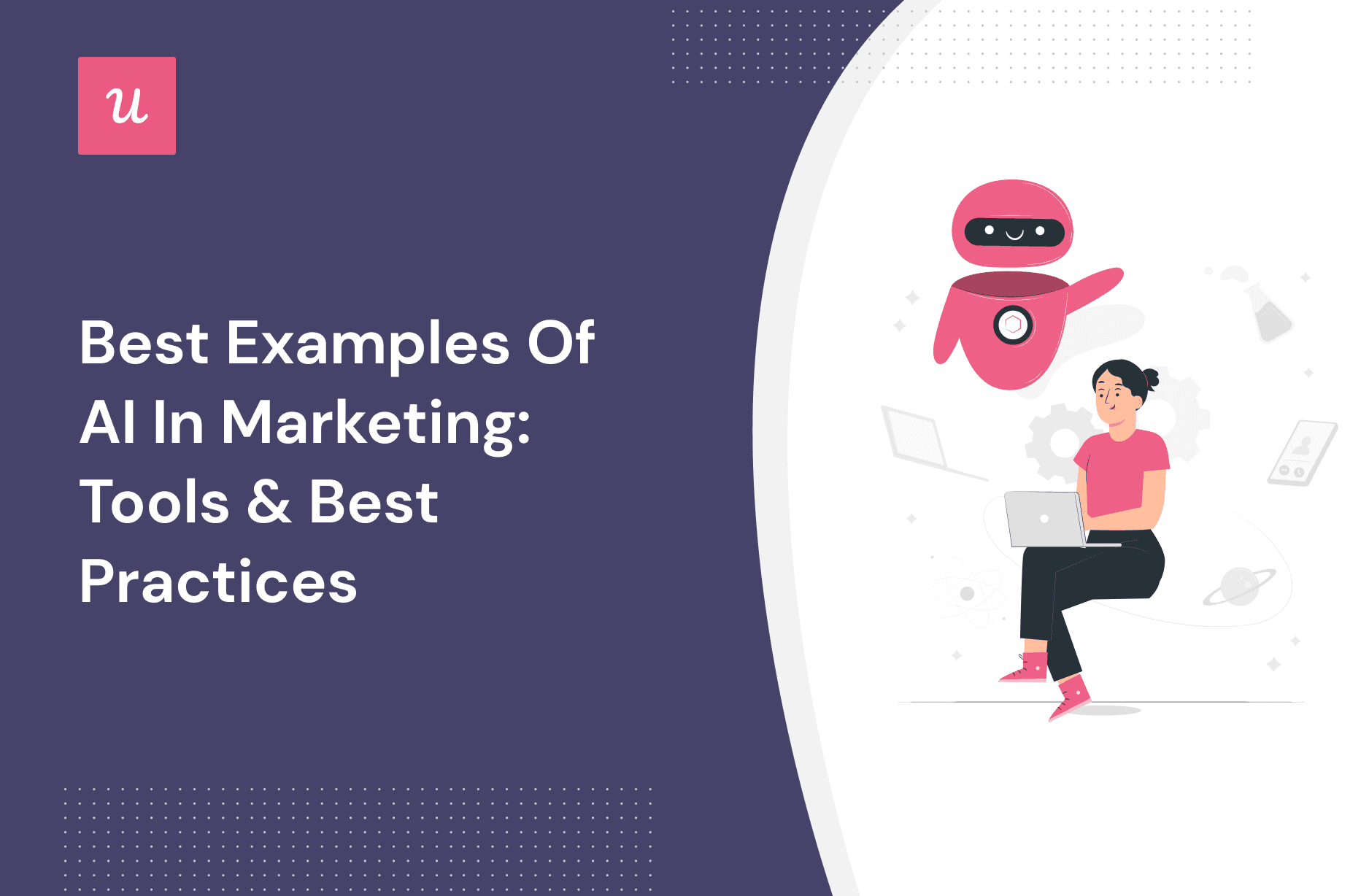In a time when the future is uncertain and clear answers cannot be seen, the book “Marketing Coach Isao Yokota’s Tokuno Kaigi Studies” (hereinafter referred to as “Tokuno Kaigi Studies”) uses a story to explain the techniques for finding answers through “meetings” in an easy-to-understand manner. Mr. Isao Yokota, who published “Gaku”). The marketing course, which leads to results in a short amount of time, has been popular with over 60,000 participants to date.
What is the marketing theory that Mr. Yokota developed through his own experiences? Words, meetings, and AI. We asked him to talk about Yokota’s marketing theory, centering on these three elements that are indispensable in modern marketing.
Why “marketing” and “meetings” are connected
— Your latest book, Tokuno Kaigigaku, is your third conference book. How is “conference” related to “marketing”?
Yokota
Market has each and every customer. In order to motivate customers and encourage them to make purchases, it is very important to verbalize the value of the product or service you want to sell. In this sense, “copywriting,” which creates words that move customers’ hearts, is indispensable in marketing.
On the other hand, creating words that move customers’ hearts, or copywriting, is something that cannot be created by one person alone. It is necessary to generate ideas while talking with various stakeholders. This is because there is a distance between the “seller” and the “buyer,” so we ask ourselves, “What does the other person want right now?” and “What do we have to do to make our product meet that need?” Because we have to have a discussion.
If “marketing” is to provide the “answers” in a customer’s mind, “meetings” are an essential means of doing so. In particular, women should be included in meetings when creating copy for products aimed at women. There is a certain “hardness” to words that are thought up with a male brain, so female customers won’t be able to relate to them. Think about each customer and hold meetings from multiple perspectives. This is what the marketing strategy process should look like.
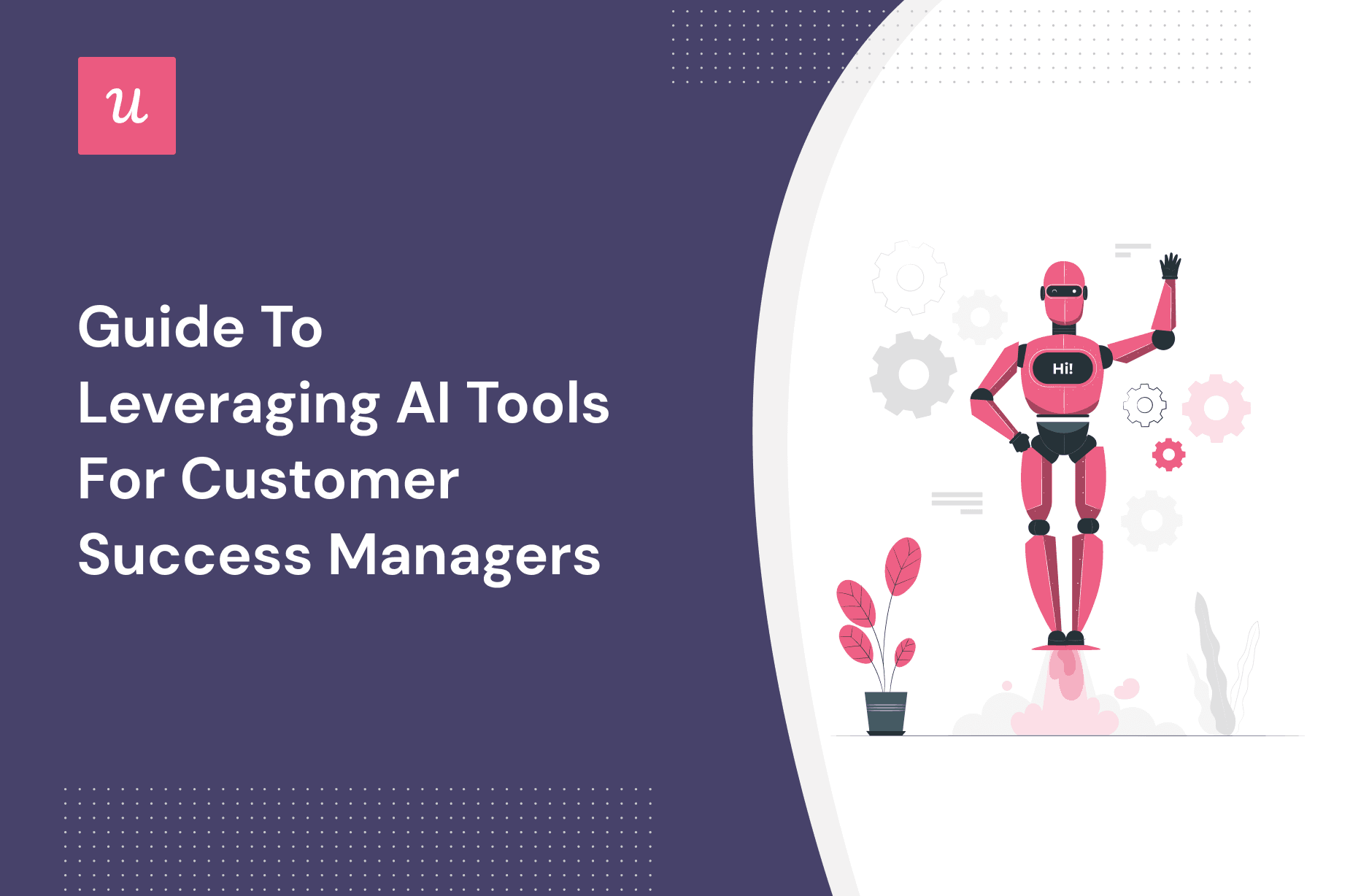
Japanese marketing situation where people choose “efficiency” over “expansion”
–What do you think of the current state of marketing in Japan today?
Yokota
:Certain trends can be seen among large companies that represent Japan. This is a tendency to place more emphasis on “profit” than “sales.” For example, an energy company with sales of 15 trillion yen last year has set its operating income to increase by about 150% even though this year’s sales are expected to be 14 trillion yen, a 7% decrease. It is difficult to achieve sales that exceed the shrinking market size, so an increasing number of companies, like this energy company, are moving in the direction of aiming for “efficiency” rather than “expansion.”
On the other hand, some countries, such as China, are pursuing expansion. For example, nearly half of China’s new car shipments are EVs (electric vehicles), and the profits earned from EVs will be used to further expand into overseas markets such as Europe, such as Belgium and the UK, and South Asia, such as Thailand and the Philippines. This is an image of what will happen.
Also, when I went to South Korea last month, I noticed that the cars driving around the city were really cool. In South Korea, the company’s president personally goes on a pole-and-line search for top-notch designers active in Europe, and they are creating a steady stream of cars with designs that have never been thought of by Koreans. Companies with momentum are able to expand their markets very quickly.
On the other hand, Japanese manufacturers rarely do such things. Large companies in particular struggle with the “
dilemma” because they have a large legacy (heritage, things inherited from the past). If you go to China or South Korea, you will notice that Japan is a protected island country, which is coupled with high domestic demand, and it is not very good at obtaining “live information” that can only be obtained locally.
Looking at it from the perspective of “Japan from a foreign perspective,” it can be said that one of the current marketing challenges for Japanese companies is that information is closed off and they have to think about marketing within that context. Sho.
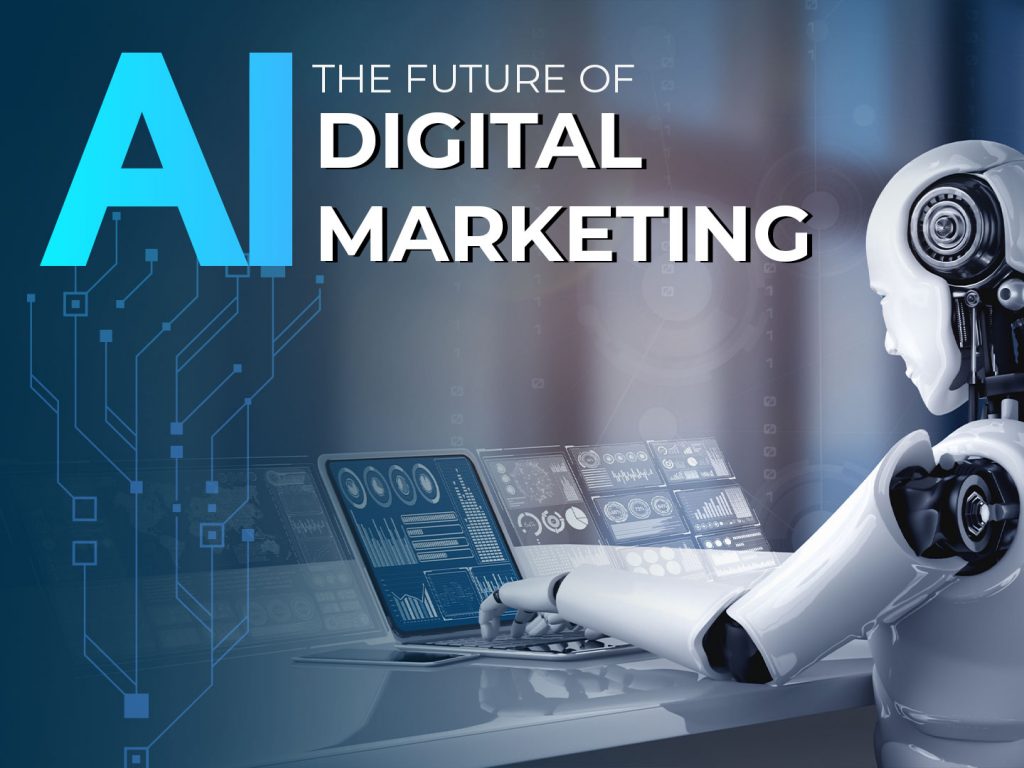
New ways to use marketing skills
YokotaAlthough
the domestic market is large, it will be difficult to compete in the Japanese market alone as Japan’s population is decreasing due to a declining birthrate and aging population, and values are becoming more diverse. Obtaining information from a global perspective is extremely important in order to compete with foreign companies that greedily aim to capture the market.
Also, there are some interesting trends in marketing skills. That is, marketing skills are now being actively used in human resources recruitment (HR). This is marketing aimed at recruiting quality human resources from the declining workforce. As the market for new employees shrinks, there is a growing need for their skills to be used in how to hire new graduates who have been with the company for three years or less.
In marketing, there is a technique called “retention”, which is also used in HR. Even more important than hiring is preventing current employees from leaving their jobs. This is also a major characteristic of Japan, which seeks “efficiency” rather than “expansion” compared to the global marketing situation.
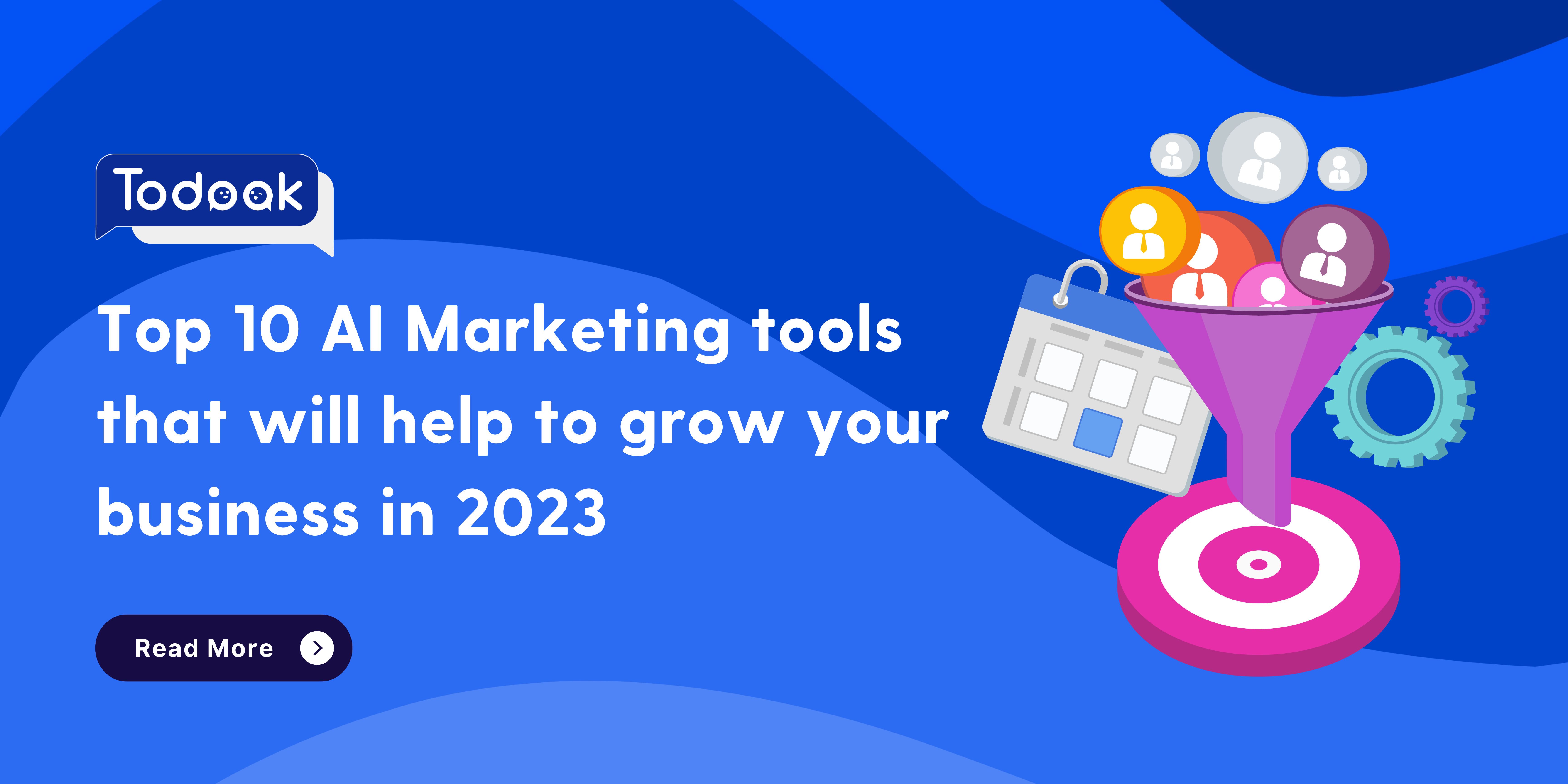
A “bird’s eye” and “bug’s eye” perspective that is lacking in Japanese marketing
–What kind of things should we be aware of in order to acquire a global perspective?
YokotaThere
are two perspectives that are considered essential in marketing: the “bird’s eye” and the “bug’s eye.”
“Bird’s eye” means looking at the whole thing from a high place, with a big-picture perspective. In order to develop a “bird’s eye view,” the ability to gather and analyze information is essential. The ability to gather information and analyze based on experience is lacking in the marketing of many Japanese companies.
Looking at the big picture, how are customers moving? Also, what are the movements of competing countries today? The challenge is to acquire this information and develop a “bird’s eye” view.
Another perspective is the “bug’s eye” that allows you to peer closely at the details beneath your feet. When we look at the “customer chain” from the first point of contact to the point of purchase, we often lack a “bug’s-eye” perspective.
For example, if you walk around the city with the mindset of someone in a wheelchair, you will begin to see the value of barrier-free access. Even if you have never actually ridden one, it is important to have that perspective. If we lack this “insect’s perspective,” we will not be able to see the reality of the “mountains, valleys, and cliffs” that people in wheelchairs experience. That’s why I often see companies unable to move forward.
The best way to lead customers is a short, flat road, but there are still many long, winding, bumpy roads. We live in an era where you can shop with just your smartphone, but people still want to buy their favorite products. Then, you can leave that app and use a different app to perform two-factor authentication. I finally managed to log in, but I lost track of the product I was looking for. Doesn’t that happen often?
There are still many cases where the detailed UI (user interface), UX (user experience), CX (customer experience), etc. seen from an “bug’s eye” are extremely uneven.

Have meetings become more efficient after the coronavirus pandemic?
–Meetings are an important key to marketing, but have there been any changes in the way you hold meetings before and after the coronavirus pandemic?
YokotaWhile
technology has advanced, the fundamentals of meetings have not changed. Telework has become widespread, real face-to-face meetings have decreased and online meetings have increased, and tools have evolved and become much more efficient, but what hasn’t changed is the fundamental way meetings are held. Because the fundamentals remain the same, I don’t often hear about meetings being reduced or efficiency being improved.
On the contrary, I have heard that many online meetings have become tedious. The truth is, the principle of aiming for “short and deep meetings” remains the same, whether online or face-to-face. However, currently it is difficult to say that “short and intensive meetings” have been achieved. Even though the way we use tools has changed, “lazy meetings” still remain, which is a big issue.
.png)
It’s better to stop holding “black meetings” where people don’t show their faces.
Yokota
‘s book “Tokuno Kaigigaku” explains the “Four Don’ts” that you should not do in a meeting, and one of them is the no-no point: “Use your ears and eyes. Don’t use your mouth!” However, my eyes are often covered during online meetings. I call this the “Black Conference.” Even though we can use video in a way that is close to face-to-face, the default is often to turn the screen completely black and not show faces.
Excerpt from “Marketing Coach Isao Yokota’s Special Conference Studies”
The number of “black meetings” tends to increase proportionately as the number of people attending the meeting increases, and “as the number of black meetings increases, we often miss the signs of people leaving the company.” I listen to your voice carefully. It’s becoming harder to pick up on the small signals that we notice from facial expressions when we see each other face to face at work.
During an online meeting, my boss would turn off the screen and just talk one-sidedly, and at the end I would ask, “Do you have any questions?” “Is there any problem?” and I would reply, “Yes, it’s fine,” and “I don’t have anything in particular.” Some people may actually say, “I’m retiring this month.” What is happening is that managers are being deprived of the opportunity to detect unrest in their departments.

AI is marketing’s senior partner
ーーEven in Tokuno Kaigigaku, there is a chapter called “Deeper with AI and frameworks!” So, please tell us about the role of generative AI in marketing and if there are any good ways to use it.
Yokota
Marketing is often compared to a “fisherman” and a “fish.” All kinds of things, such as anglers on land using fish finders to find fish in the water, hearing and researching what kind of fish are there at what time of year, and what kind of food they eat. It’s similar to the way you interact with fish through a fishing rod and get their bite.
Personally, I am using generative AI in marketing as a tool that allows anglers to practice catching fish, or in other words, to hit the wall.
When making specific copies, you can type what you want to appeal into ChatGPT, enter a prompt (instruction text) such as “Please provide three items within 100 characters,” and interact with ChatGPT to come up with several candidates. I’ll ask you to bring it out. From there, we improve accuracy by repeating conversations such as, “This is different, so I’ll come up with an alternative plan, and this is possible.” Generative AI can submit better ideas than humans in a very short time, depending on how you approach it.
Your vocabulary will increase, your sense of language will improve, and as you speak over and over again, you will narrow down your answers. One of the great things about generative AI is that it doesn’t get angry even if you give it persistent instructions over and over again, and it calmly processes it (lol).
The more attachment you have to words, the more they tend to become redundant. The same goes for meetings that rely on verbal exchanges. Based on the idea that “a high-quality agenda creates a good meeting,” we sometimes teach the topic “What is a high-quality agenda?” in training sessions, etc., but creating an agenda involves narrowing down the points to be discussed. It means to wash out.
For example, by instructing the AI that generates the agenda for a meeting and having it come up with a few, it will be able to suggest very good topics. Therefore, there is no reason not to use AI as a “senior marketing partner.”
In order to come to a conclusion quickly at a meeting, you can’t just be filled with thoughts of wanting to say this and that. Narrowing down the message leads to greater efficiency, but very few people know how to do this. I realized that there are very few places where such words can be created and selected, so I decided that “Tokuno Kaigigaku” should also cover generative AI.
Excerpt from “Marketing Coach Isao Yokota’s Special Conference Studies”
Marketing is about bringing the customer and the product closer together.
–What is marketing in a nutshell?
Yokota
: My definition of marketing is “bringing the customer and product closer together.” There are a wide variety of marketing tools, and they are evolving every day, but one thing that hasn’t changed is that there are customers, there are products, and there is a separation between the two. So we need to get closer. This means that the technology of marketing is required.
Therefore, the first step in marketing that will not change in the future is to thoroughly investigate three things: “Who are the customers?” “What should the product appeal to?” and “How can we get closer to them?” It’s basic.
–What do you particularly want to convey to marketers in “Tokuno Kaigigaku”?
Yokota
: I would be happy if people could learn how to perform at their best within the constraints. There are always constraints in the market, such as how much budget you can spend, how much schedule you have until a service release, and how many team members you can use. I hope that you will be able to use management and facilitation to achieve the best performance within these constraints and produce results. It’s a small step to improve the quality of meetings starting tomorrow, or even today.


